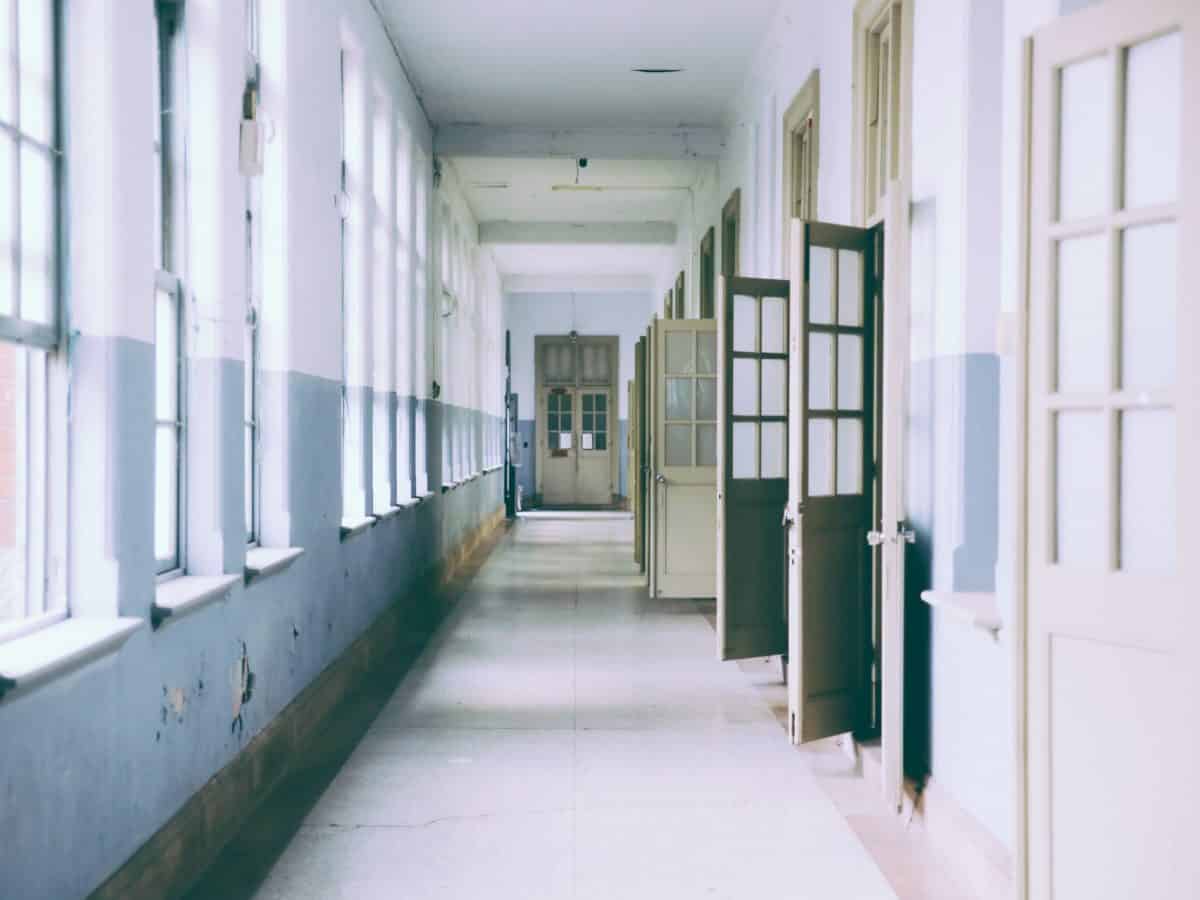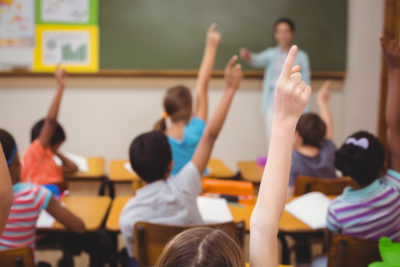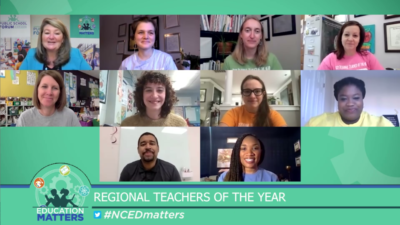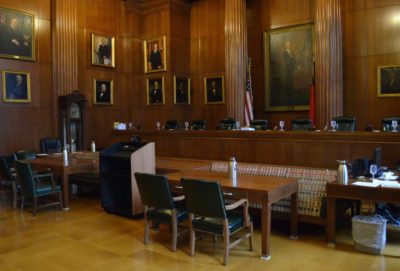

In its most recent sweeping attempt to describe American political coalitions, the Pew Research Center opens with a simple, blunt observation: “Partisan polarization remains the dominant, seemingly unalterable condition of American politics. Republicans and Democrats agree on very little — and when they do, it often is in the shared belief that they have little in common.”
What does this reality mean for North Carolina, a Southern state that has increasingly aligned with national economic, cultural, and political trends over the past quarter century? What, in particular, does divisive politics mean for public education?
While a contagious virus spreads from person to person without regard to party affiliation, the exasperating persistence of the pandemic has not healed or narrowed sharp political divisions. Indeed, important practical questions — such as under what conditions should schools open, or provide online instruction, or require students, staff, and teachers to wear masks — have reignited the off-and-on politics of “parental choice.”
Two agendas
Two divergent education agendas have confronted state and local officials in North Carolina through the coronavirus period even as educators coped valiantly with the day-to-day challenges of teaching, transporting, and feeding students. Neither side seems satisfied with the results they seek, and these agendas are likely to play out through 2022.
On one side are those who advocated a re-opening of schools sooner than administrators and teachers felt safe. It also includes voices opposing a more in-depth treatment of the nation’s racial history and objecting to LGBTQ-themed books in libraries. The legislature’s Republican majority expanded public financial assistance to students to attend private schools.
On the other side, a stepped-up agenda arose from the judge’s ruling in the long-running Leandro case and from Democratic Gov. Roy Cooper’s 2021-23 budget proposal. The comprehensive remedial plan, as it’s called, consists of a bundle of classic measures based on policy research: early childhood education, recruitment and training of high-quality teachers and principals, professional-level pay, assessment and accountability, a focus on high-poverty and low-performing schools, and connections to education and workforce training beyond high school.
Last year, the governor vetoed a measure designed to thwart teaching racial history in ways that would make some students uncomfortable. The legislature adopted a two-year budget that fell far short of the governor’s proposed funding for the remedial plan.
Some recent polls, as well as Pew Research’s coalitions analysis, provide insight into the public opinion terrain upon which education debates take place. The online news site Axios and the education site The 74 reported on a Harris Poll, taken earlier this month, finding that most American adults and parents remain skittish on in-class instruction as the coronavirus surged again.
“More than half of Americans say that it’s more important to protect the health and safety of teachers and students by moving to remote learning to avoid COVID exposure than to keep schools open for in-person learning,” Axios reported. The 74 added the detail that “62% of parents with school-age children think remote learning should make a comeback to prevent COVID spread.”
As on so many public matters these days, the top-line finding isn’t as relevant as the gap between Democrats and Republicans. “Differences in how Americans responded to the poll fell squarely along party lines: Only 37 percent of Republican respondents backed remote learning, compared to 70 percent of Democrats,” The 74 reported.
Intra-party divisions
From time to time since 1987, the Pew center has produced what it calls a “political typology” to make the point that the Democratic and Republican parties not only differ starkly from each other but also have significant intra-party divisions. The center characterizes each party as coalition of four categories of voters.
Moving outward toward its farthest right segment, the Republican coalition consists of an “Ambivalent Right … Populist Right … Committed Conservatives … Faith and Flag Conservatives.” Moving outward to the left, the Democratic coalition is described as “Outsider Left … Democratic Mainstays … Establishment Liberals … Progressive Left.”
“The data suggest,” say Pew researchers, “that, in advancing legislation that they say would prevent teachers from ‘indoctrinating’ students on racial reckoning, Republican lawmakers align with and reinforce the attitudes of their party’s heavily white coalition. In opposing the legislation, Democrats reflect and give voice to their more multi-ethnic coalition.”
Polarization. Fractured coalitions. Divergent agendas. A complex governance structure. A public weary and frustrated after two years of coping with a virus. It’s a difficult political landscape for leadership in education in North Carolina, a state also yearning for signs of hope.




